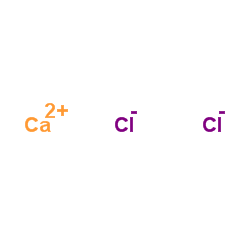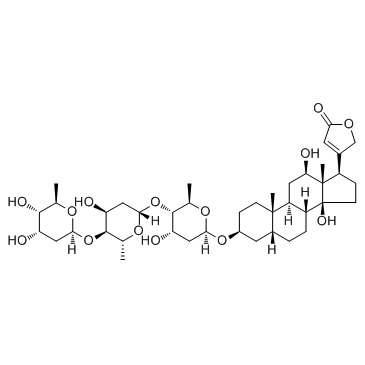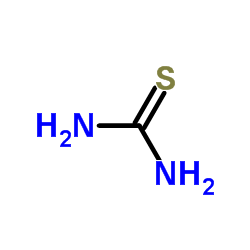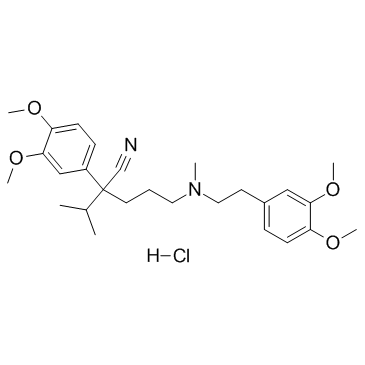| Structure | Name/CAS No. | Articles |
|---|---|---|
 |
sodium chloride
CAS:7647-14-5 |
|
 |
Calcium chloride
CAS:10043-52-4 |
|
 |
digoxin
CAS:20830-75-5 |
|
 |
SODIUM CHLORIDE-35 CL
CAS:20510-55-8 |
|
 |
Thiourea
CAS:62-56-6 |
|
 |
Verapamil HCl
CAS:152-11-4 |
|
 |
Quinidine
CAS:56-54-2 |
|
 |
calcium chloride dihydrate
CAS:10035-04-8 |